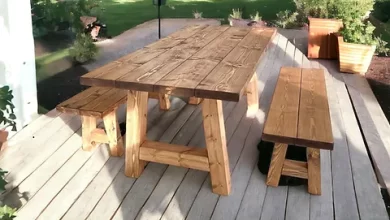THE NEED FOR SUSTAINABLE DESIGNS

We can find designs everywhere. If you are not professionally active in the field, it may appear irrelevant or overly complex. In actuality, though, design is an essential aspect of everyone’s daily existence. Even the top architecture firms in Delhi NCR require the minimalism and sustainability in their designs.
Our homes, clothing, automobiles, and even the future are all created. If the first items on the list aim to make our lives easier and more comfortable, the second is also directly related to the concept of sustainability. The goal is to meet our requirements, as well as the needs of future generations. Sustainable design is worth investigating because it is such a difficult and timely topic this year.
Because sustainable design aims to reduce negative environmental impact, terminology such as eco-friendly design, eco-design, and environmentally conscious design can be used interchangeably.
Sustainable design solutions have simply emerged as the superior commercial option. Sustainable design solutions frequently necessitate a larger initial investment but reduced operating and maintenance costs over the course of a project’s lifecycle. In fact, deviating from tight guidelines to pursue an innovative solution can produce immediate benefits without jeopardising long-term viability.
On one hand the presence of 146 certified-sustainable buildings in a country of a billion people indicates how gradual progress has been. While on the other hand, the number is increasing, which is encouraging. The most encouraging result of the USGBC survey was that ‘because it is the right thing to do’ was the second most common reason for clients to choose LEED-certified designs. It trails only ‘reduced operating costs.’ The conclusion is simple: green building measures may be both environmentally responsible and fiscally reasonable.
In the few days since its release, the IPCC’s sixth assessment report has generated worldwide attention. The reason is bleak. The scientists of the climate collected a report. According to that repots, there will be immediate and lasting environmental damage if no action is made to counteract it. It describes how rising global temperatures have already had an impact on ecosystems around the world. It also describes how the damage will worsen if we continue on our current path.
LEED and GRIHA green building guidelines focus on particular parts of the design. They use construction process to establish optimal project results. To evaluate a project’s rating, they pay special attention to efficient water. Afterwards, the energy utilisation, materials used and recycled, and indoor environmental quality. These ratings, in turn, serve as a shorthand for the project design’s effectiveness in reducing overall resource consumption through appropriate climatic and contextual reactions.
Green building methods are as often the guiding star for our design philosophy as they are sound commercial decisions made on behalf of our clients. Creating a sustainable space just has more design merit from the standpoint of a designer. It is the result of a more in-depth examination of the project’s context. Careful assessment of its numerous problems and opportunities, and a cautious approach to building processes and their long-term impact.
However, from the perspective of a consultant, satisfying the client’s immediate needs takes precedence. For some projects, this may mean sacrificing long-term sustainability goals in order to meet the client’s expectations.








